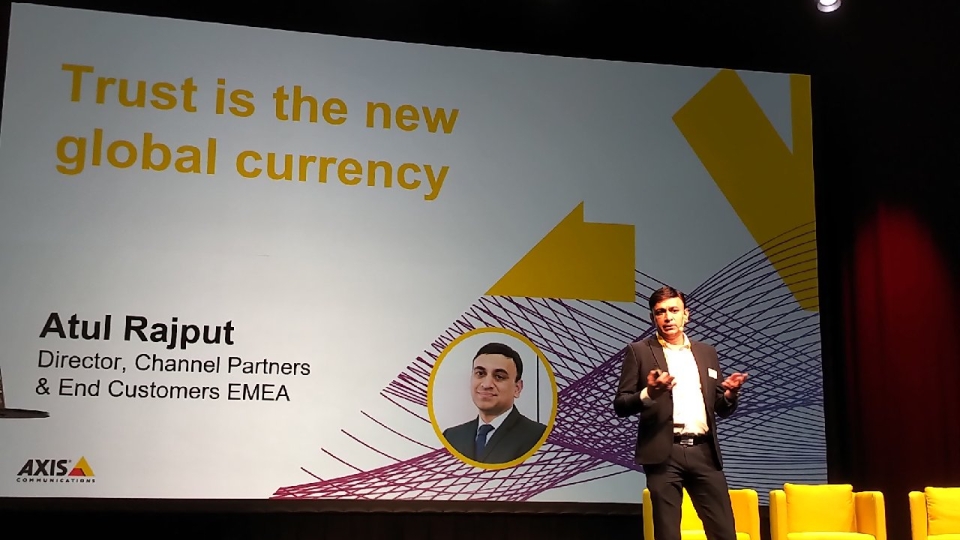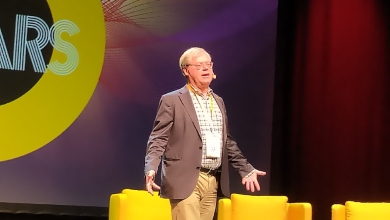
Analysts predict the global video surveillance market will be worth over $80 billion by 2028, with channel partners scooping a big chunk of these sales, so what can they do to be in prime position to benefit?
As reported earlier this week, IT Europa was attending Axis Communications’ OPEN Malmo customer and partner event in Sweden. Axis is one of the world’s main video surveillance systems providers, and the conference was packed with channel tips.
The first thing existing and potential partners have to do is get to grips with the changing market.
Mats Thulin, director for core technologies at Axis, said: “Customers are moving to hybrid architectures for efficiency, to make the best use of edge devices and the components inside the systems.
“On-premise systems are opening up to the cloud, and some cloud systems are moving back on-premise for data storage reasons, for instance.”
That’s certainly a mixed picture, but when considering the amount of data generated by surveillance systems, some users are finding that it’s cheaper to store it on-premise, or at least some of it.
There are also regulation and compliance issues, said Thulin. NIS2, for network and information systems, is a European Union directive that specifies cyber security requirements that need to be implemented by EU companies, that are considered to be part of critical infrastructure. The directive comes into force next month, and applies to managed service providers and data centres, for instance.
On top of that, there are European sustainability and AI directives to be considered. “Directives help us navigate how we should move forward,” said Thulin.
He also asserted that a growing number of customers were adopting a “total system perspective”, which considered the total impact of the systems they owned. This may include the total power used to run AI-driven systems, as well as system power generally. “Customers are not just considering the initial cost of systems.”
He added the industry also had to consider the effect of using generative AI on data security, and the carbon footprint of training large language models for AI systems.
“It will be a while before we can solely rely on AI, because of the danger of inaccuracies in safety-critical environments. But we can use AI to deliver text-based searches, support help systems, summarise events, and use it in software development, for instance.”
Atul Rajput (pictured), Axis director for channel partners and end customers in EMEA, said “trust” was the “new currency”, with the public having more trust in companies than governments, the media, and NGOs, according to the Edelman Trust Index. But that trust had to be won.
“Intangible assets like trust can make some companies more valuable than some of their larger competitors. Tesla, for instance, is worth more than Volkswagen, even though it has less sales.”
Volkswagen, of course, was at the centre of “Dieselgate” in 2015, over the false reporting of engine emissions. Rajput said data integrity and sustainability were now the two most important factors in winning trust.
While working towards data integrity and sustainability, Rajput said it was also important for partners to fully evaluate who was in their supply chains, to make sure these firms did not adversely affect their market ratings.

